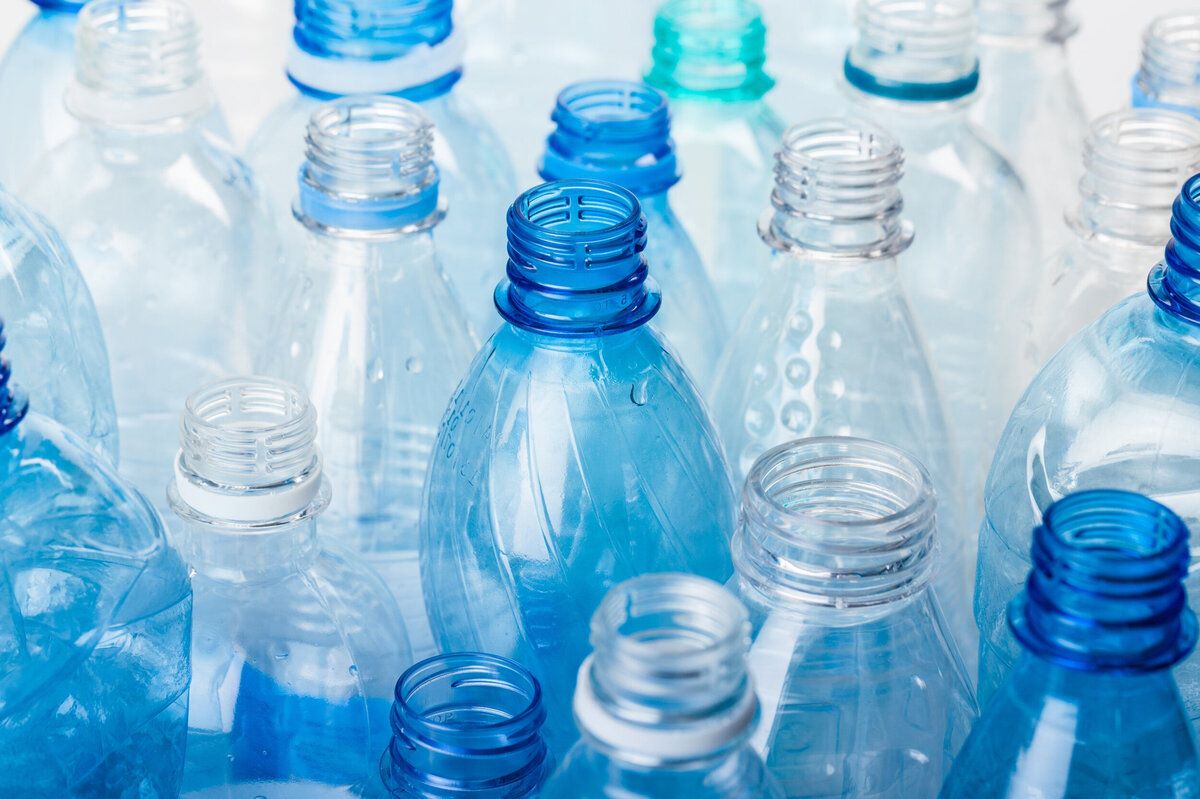
Bisphenol A (BPA) is a chemical found in many everyday items, from plastic bottles to food containers. But what exactly is BPA, and why should you care? BPA is used to make certain plastics and resins, which can be found in products like water bottles, food cans, and even receipts. Concerns have been raised about its potential health effects, especially its ability to mimic estrogen and disrupt the endocrine system. Studies suggest that exposure to BPA might lead to various health issues, including reproductive disorders and heart problems. Understanding the facts about BPA can help you make informed choices about the products you use daily. Let's dive into 13 essential facts about this controversial chemical.
What is BPA?
Bisphenol A, or BPA, is a chemical used in producing plastics and resins. Found in various consumer goods, BPA has raised health concerns over the years. Here are some intriguing facts about BPA that you might not know.
-
BPA in Plastics: BPA is commonly used in making polycarbonate plastics. These plastics are often found in water bottles, food containers, and other everyday items.
-
Epoxy Resins: BPA is also a key ingredient in epoxy resins. These resins coat the inside of many food and beverage cans to prevent corrosion and contamination.
-
Heat Sensitivity: When exposed to heat, BPA can leach out of plastics and into food or beverages. This is why microwaving plastic containers or leaving water bottles in hot cars is not recommended.
Health Concerns Surrounding BPA
The potential health effects of BPA have been a topic of debate. Studies suggest that BPA can mimic estrogen, a hormone in the body, leading to various health issues.
-
Hormone Disruption: BPA can act like estrogen in the body, potentially disrupting normal hormone functions. This can affect reproductive health and development.
-
Infant Exposure: Infants and young children are more vulnerable to BPA exposure. Many baby bottles and sippy cups now advertise being BPA-free to address these concerns.
-
Heart Disease: Some studies have linked BPA exposure to an increased risk of heart disease. The exact relationship is still being researched, but it remains a concern.
BPA in Everyday Products
BPA is not just in plastics and resins. It can be found in a surprising number of everyday items.
-
Receipts: Thermal paper used for receipts often contains BPA. Handling these receipts can transfer BPA to your skin.
-
Dental Sealants: Some dental sealants and composites contain BPA. Dentists are aware of this and often use BPA-free alternatives.
-
Electronics: BPA is used in the production of certain electronics. It helps make them more durable and heat-resistant.
Reducing BPA Exposure
Given the potential risks, reducing BPA exposure is a good idea. Here are some ways to minimize contact with this chemical.
-
BPA-Free Products: Look for products labeled as BPA-free. Many manufacturers now offer BPA-free versions of common items like water bottles and food containers.
-
Avoid Heating Plastics: Do not microwave plastic containers or wash them in the dishwasher. Heat can cause BPA to leach out of the plastic.
-
Fresh or Frozen Foods: Choose fresh or frozen foods over canned ones. Canned foods often have BPA in the lining of the can.
Regulatory Actions on BPA
Governments and health organizations have taken steps to regulate BPA use due to its potential health risks.
- Bans and Restrictions: Several countries have banned or restricted the use of BPA in baby bottles and other products for young children. The FDA continues to review BPA's safety and update guidelines as new research emerges.
Final Thoughts on BPA
BPA, or Bisphenol A, is a chemical found in many everyday items like plastic bottles, food containers, and even receipts. Studies have shown that BPA can seep into food and beverages, potentially causing health issues. Some research links BPA exposure to problems like heart disease, diabetes, and developmental issues in children. Many manufacturers now offer BPA-free products, but it's still wise to check labels. Reducing BPA exposure can be as simple as avoiding microwaving plastic containers, choosing glass or stainless steel, and steering clear of canned foods. Awareness is key. By staying informed and making small changes, you can minimize your BPA intake and protect your health. Remember, every little bit helps when it comes to reducing exposure to harmful chemicals. Stay proactive and make choices that benefit your well-being.
Was this page helpful?
Our commitment to delivering trustworthy and engaging content is at the heart of what we do. Each fact on our site is contributed by real users like you, bringing a wealth of diverse insights and information. To ensure the highest standards of accuracy and reliability, our dedicated editors meticulously review each submission. This process guarantees that the facts we share are not only fascinating but also credible. Trust in our commitment to quality and authenticity as you explore and learn with us.


